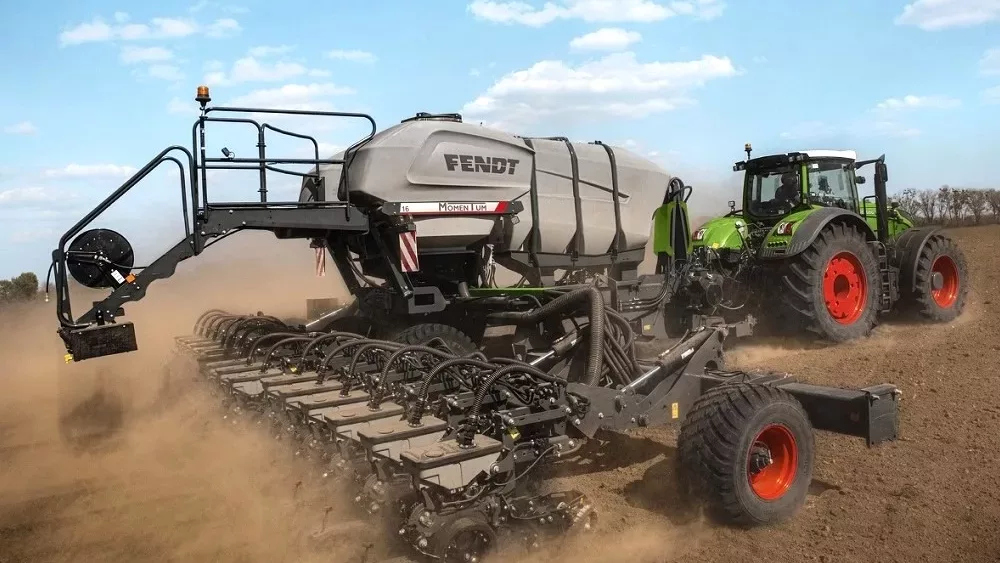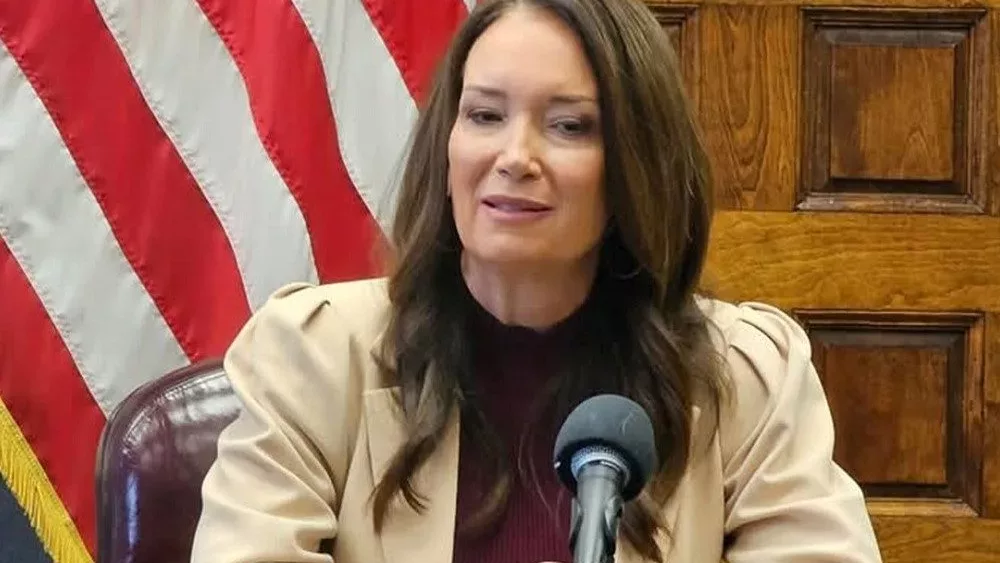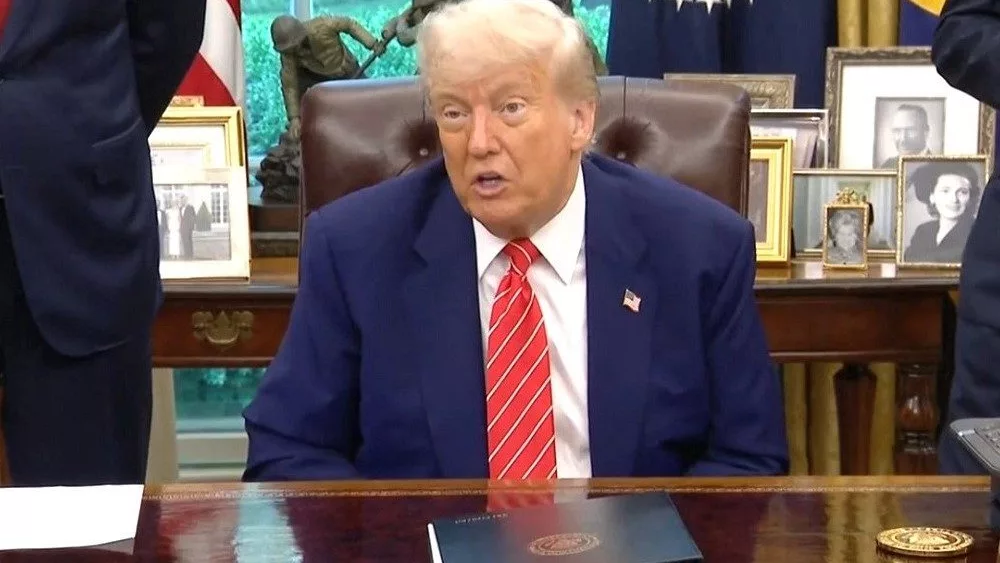It’s been a slow go to start the planting season, but it’s more important to be chasing fit soils than it is to be chasing a calendar date this spring.
“Planting is the most important pass you’re going to make through your field, so making sure you’re getting that good, healthy start to allow for healthy roots is critical,” says agronomist Christopher Bauer, who covers southeast Michigan for Pioneer.
He adds you want your plant to have unrestricted root growth to help with water and nutrient uptake. In order for that to happen, your soils need to be fit before going in there. How can you tell if they’re fit?
“What I like to do is just take a spade, or whatever you’ve got, go out on the soil and dig down 3-4 inches into the seed bed, and then just grasp a handful of that soil, squeeze it together with your hands, and just try to break that apart and see how friable is that soil,” says Bauer. “If the ball is easily broken down and it crumbles apart, that ground is fit to work.
If any of the following things happen, Bauer says you probably better hold off.
“If the soil smears together or the ball just stays in a clump and doesn’t crumble apart, the soil feels tacky, or if you squeeze it in a ribbon form from that when you squeeze it there between your thumb and forefinger, it’s not ready to go.”
Weather has been uncooperative so far to start the year, and that’s always a factor out of your control. When it comes to corn yield, Bauer explains that there are some factors to consider that are within your control.
“1. Achieve uniform emergence. 2. Plant within the optimum window. 3. Achieve the correct population. And 4. Achieve uniform plant spacing.”
We go much more in depth on these factors in the full MAT interview with Pioneer agronomist Christopher Bauer found below.





